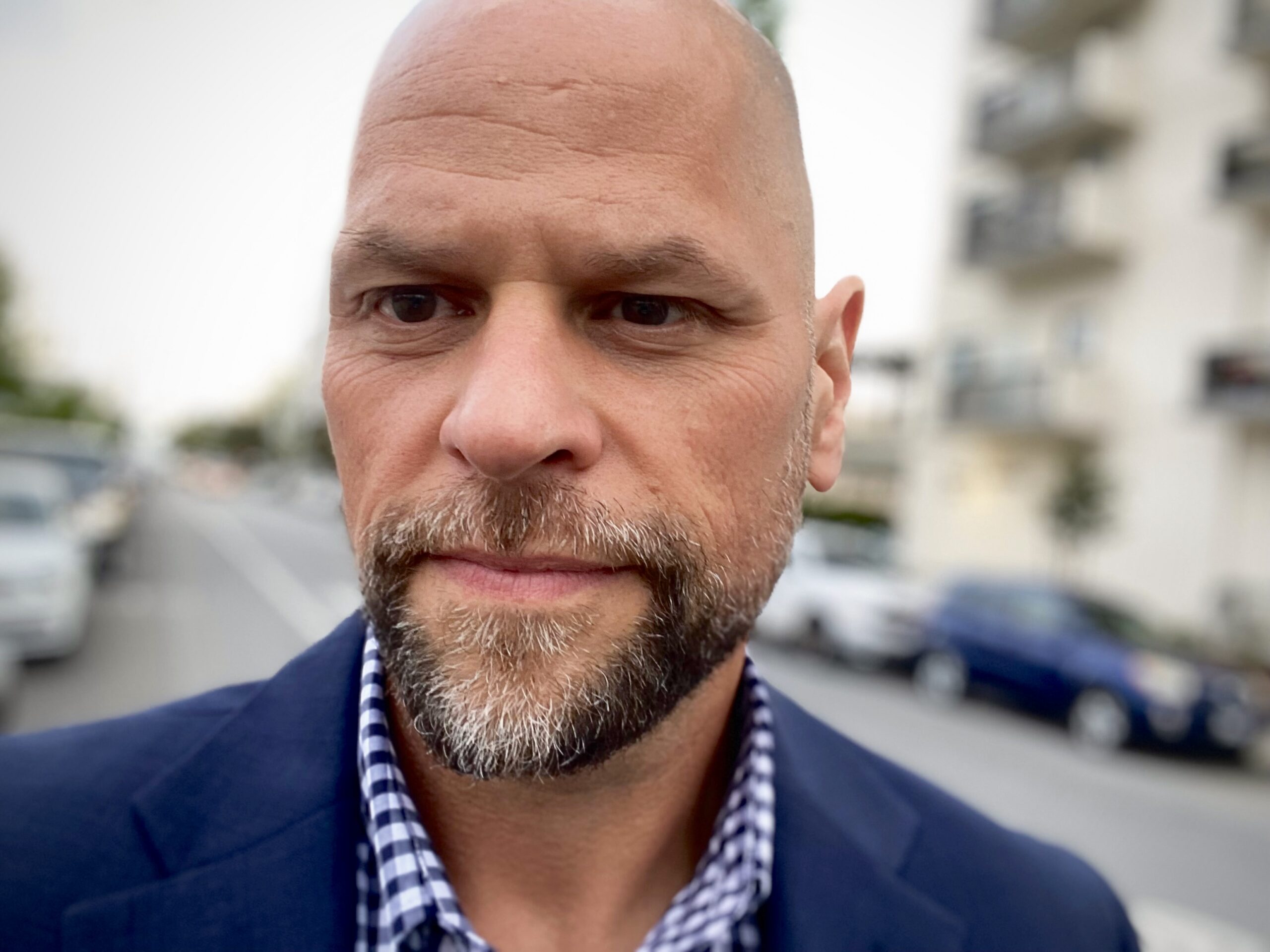
Ah… You can feel it in the air, can’t you?
This is the time of year when you hear the furtive stirrings of C-suite professionals as they move about in their caves. They’re humbled by how great, or unexpected, or weird, or hard the current year turned out to be.
And then, they begin uttering their telltale phrases… “goals,” “targets,” “trends,” “strategic planning process,” “growth rates,” “churn rates,” “SWOT,” “CAGR,” “budget rationalization,” “doing more with less,” “operational efficiencies,” “the importance of executing,” “MBOs, KPIs, OKRs”…
As Andy Williams croons, “It’s the most wonderful time of the year” (for revenue executives):
Budgeting and Planning Season!
In fact, I bet your entire office breaks out in song and dance exactly like this, spreadsheets in hand:
Umm… yeh. (Sarcasm intended.)
You can call me Old Man Winter.
I just counted the number of years that I’ve been in and around strategy, planning, forecasting, and budgeting. (That was a sobering and slightly depressing exercise. When did I get so old?)
Twenty-five years.
Good Lord. 25 times I’ve been through this — and then some. (Actually, I’ve been through it a lot more than 25 times because of the number of clients I’ve consulted through some or all of their annual strategic plans. Which makes me feel even older.)
Along the way, I collected some pragmatic knowledge. And when I say “pragmatic,” what I mean is: “I learned these lessons the hard way — either by screwing up personally or by seeing others screw up.” So I guess you could say, I have some advice to share.
9 Tips for Strategic Budgeting and Planning
1. Start early. Don’t bury your head in the sand. Don’t say “I’m too busy for planning and budgeting — I’ll get to it in December… or January.” The early bird gets the worm, my friend.
2. Dissect next year’s total revenue goal to understand what is critical or pivotal for your success, versus what is ancillary. Here are some areas worth examining:
- Bookings vs. Earned Revenue
- By Segment or Industry
- By Business Unit or Product
- By New Logo Revenue vs Retained Customer Revenue vs. Expanded Customer Revenue
- By Marketing-sourced vs. Sales-sourced vs Channel-sourced revenue
3. Analyze the current year’s actual revenue results. Look for anything that stands out as an anomaly, unrealistic pie-in-the-sky good news, or pessimistic sandbagging. And then, double-check the explicit and implicit assumptions behind those hot looking revenue numbers, and ask yourself:
- Am I trying to significantly grow revenue in a market that’s shrinking?
- Have my customers’ needs evolved in a way that helps or hinders how they perceive and buy my products? Will that make revenue harder or easier to generate?
- Is there enough market to support our plan?
- Can I source my revenue growth from our Ideal Client Profile (ICP)?
- Are we assuming retention, cross-sell, and upsell rates that make sense
- Have we accounted for real-world sales cycles — i.e. timing?
- Are we assuming semi-realistic costs for acquiring, retaining, and expanding customers?
- Do we have enough marketing, sales and customer success budget to achieve our goals?
4. Have an honest conversation with your executive team about their methodology AND philosophy for forecasting and budgeting. It’s shocking how members of the same team can be absolutely NOT on the same page when it comes to forecasting and budgeting. And often, this doesn’t come to light until well into the New Year, with disastrous results for everyone involved. Here are some key questions to ask:
- Do you already know the key targets that we have to hit (revenue, gross margin, profitability, key operational metrics)? The sooner we get them out in the open, the sooner we can move from “What should we aim for?” to “How can we achieve these goals?”
- Are we doing a top down, bottoms up, or both approach this year? Who is responsible for each?
- When in the process will we connect our growth and profit goals to our resource realities? Who is responsible for doing this?
- What approach are we using for developing our budgets this year? (traditional/baseline plus/minus, zero-based, activity based, performance based, or some other methodology?)
- What is most important: growth, profitability, innovation, quality, speed, culture/morale? And what compromises are we willing to make to achieve our most important goals?
- How should we approach risk in how we forecast and budget? Are we looking for a low risk, moderately aggressive, or very aggressive approach to revenue growth?
5. Remember to account for all the steps between identifying a prospect or customer need and fulfilling that need. It’s a long and winding road between a prospect or customer who has a need and financial impact. (Think: time, risk, money.)
6. Help your C-suite connect the dots from the company’s strategic hopes and dreams to your team’s KPIs, execution plan, budget, key initiatives, org structure and roles. Be explicit. Explain it to them. Show how it makes sense, and sell it in. (Then you need to actually do it.)
7. Things change and evolve all the time. It’s happening right now in your company and in your market. Lean into the change — the good and the bad. Embracing it early and translating it into executable goals for your team makes you the one leading the change, rather than being a recipient of it.
8. Analyze your in-house org structure and team through the lens of the new strategy. What strengths can you leverage? What gaps exist? What resources (training, additional talent, etc.) do you need? What decisions need to be made?
9. Put a stake in the ground, and commit to developing or improving a few marketing capabilities for the New Year like…
- Pilot and/or scale account-based revenue (ABM, ABSD, ABS, ABCSM).
- Implement more accurate and actionable reporting and analytics.
- Put more engaging, interactive campaigns and content experiences into market.
- Create better-informed, customer-centric go-to-market plans.
- Make your paid media campaigns and SEO more accountable and targeted.
- Don’t put any campaigns in markets that suck. (I know this last one sounds obvious, but this happens all the time. Remember, great campaigns begin with an integrated, multi-channel strategy that’s highly targeted and creative. And they’re supported by an intelligent tech stack, executable data, and effective lead management processes.)
I hope this advice helps you! I bet you have lessons that you’ve learned along the way too. Share your wisdom down in the comments below and please share the wealth.
Reach out if I can help you with your strategic plan and budgeting process. The entire ID team is here to help you make your new year the most effective and successful one ever.




